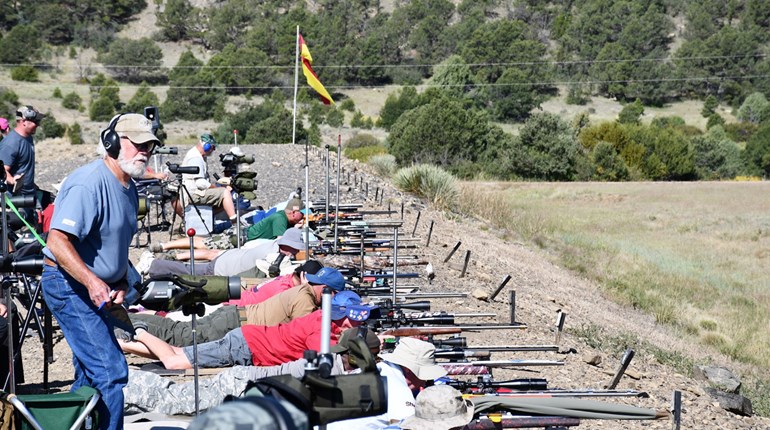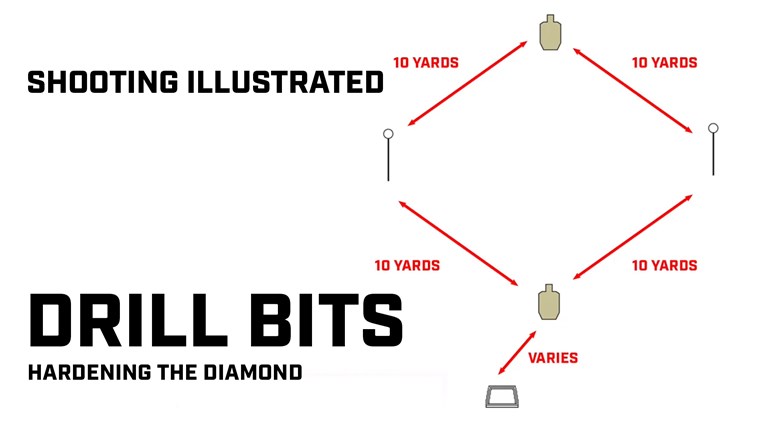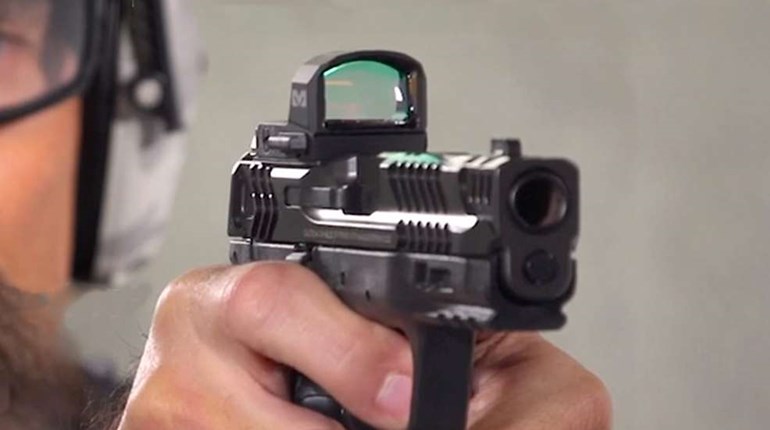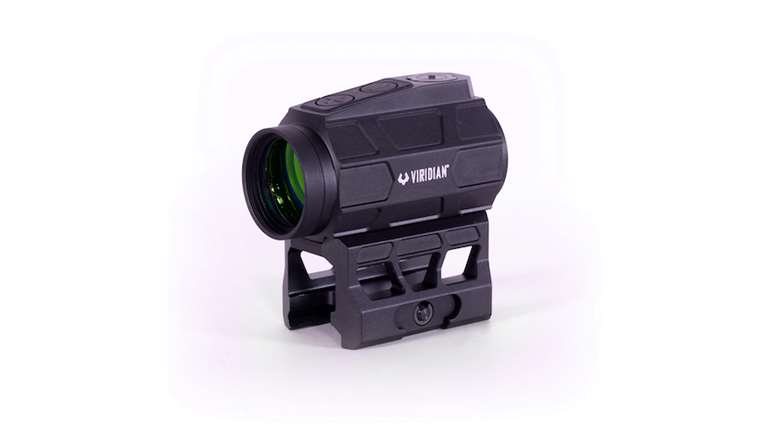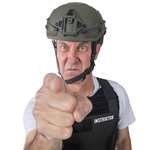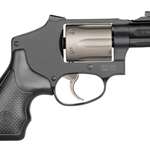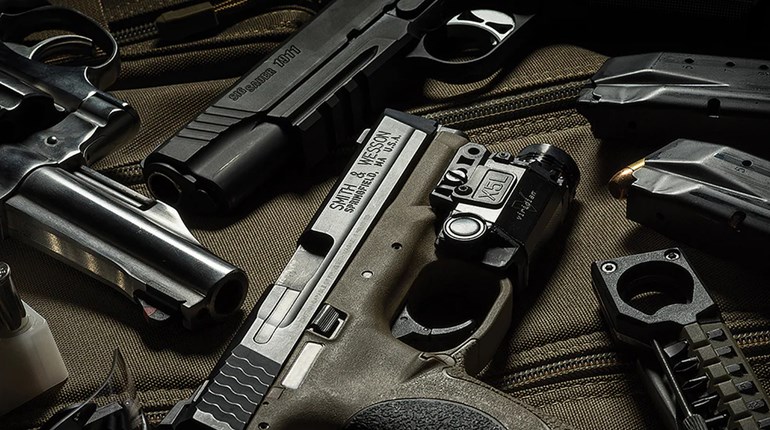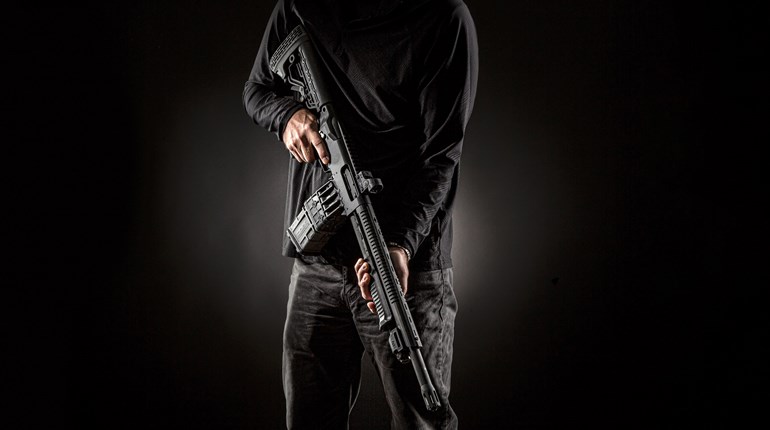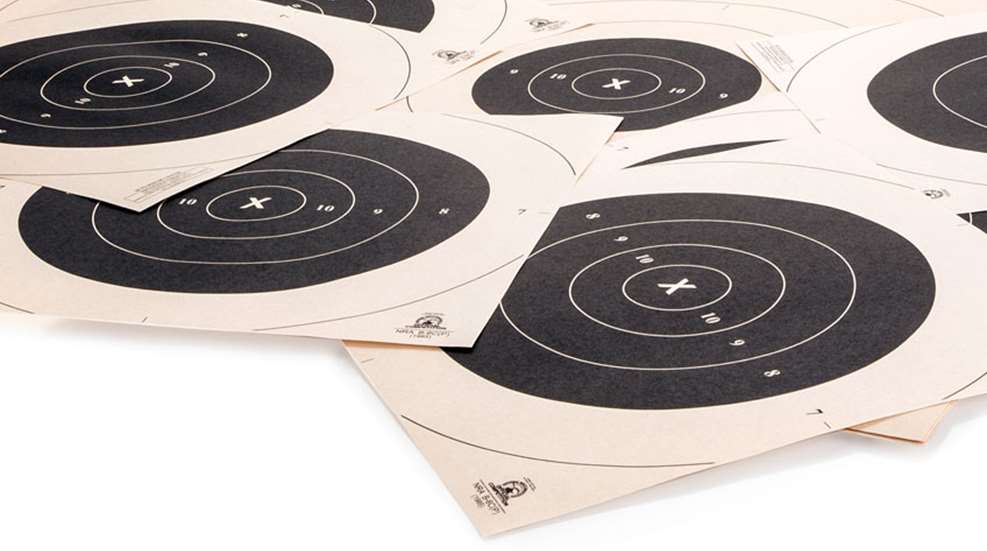
During the early days of my Border Patrol career, the quarterly pistol qualifications included shooting a bullseye course-of-fire followed by a “combat course” fired on a silhouette target. Later, the bullseye portion was dropped and a new qualification course was adopted that had us shooting from 3 to 50 yards and firing 72 rounds of ammunition. And so it was, a few years later, when I attended the Border Patrol’s first three-week-long firearms-instructor course at the Federal Law Enforcement Training Center, my fellow students and I were surprised when the instructors started us out on bullseye shooting. After all, bullseye was old-fashioned and we were steely eyed Border Patrol gunfighters. As is usually the case, we had a lot to learn, and one of the things I learned is all that high-speed stuff we thought we were capable of depended upon a solid ability to apply the basics—even in the middle of a gunfight.
Basic-shooting skills like sight alignment, sight picture, trigger control and follow-through are what’s needed to be successful in bullseye shooting, and there is no better way to develop these skills than firing very precise-aimed shots under time pressure. As I learned, those many years ago, you might be surprised at how a little bullseye shooting mixed in with your practice will force you to apply the fundamentals and improve every aspect of your shooting. A full bullseye course-of-fire includes shooting at 25 and 50 yards, but I’m going to suggest you give it a go at 25 yards on either the NRA B8 target, an 8-inch bullseye usually shot at 50 yards, or the NRA B6 target, a 5.5-inch bullseye normally used at 25 yards. You can substitute these targets with any round target of about the same size you have handy.
If you want to get into the spirit of the thing you should shoot from a standing, unsupported offhand (one-handed) position, but it’s your practice session so I’m not going to complain if you want to put two paws on the pistol. Bullseye shooters usually use pistols with adjustable sights and change the elevation so they can use a six-o’clock hold. This means aligning the sights and using a sight picture that perches the bullseye on top of the front sight to produce hits in the center of the target. You can also use a center hold, where the point-of-impact coincides with the center of the front sight, but in either case the idea is to concentrate on the fundamentals and shoot the smallest group you can.
The standard bullseye course of fire at 25 yards consists of two stages: The first is the timed-fire stage and allows 20 seconds for five shots. The rapid-fire stage reduces the time by half, so you get 10 seconds to fire your five shots. Try shooting these bullseye stages with a full-size pistol, revolver or .22-caliber target pistol. You might be surprised at how your shooting improves when you have to apply the fundamentals.












